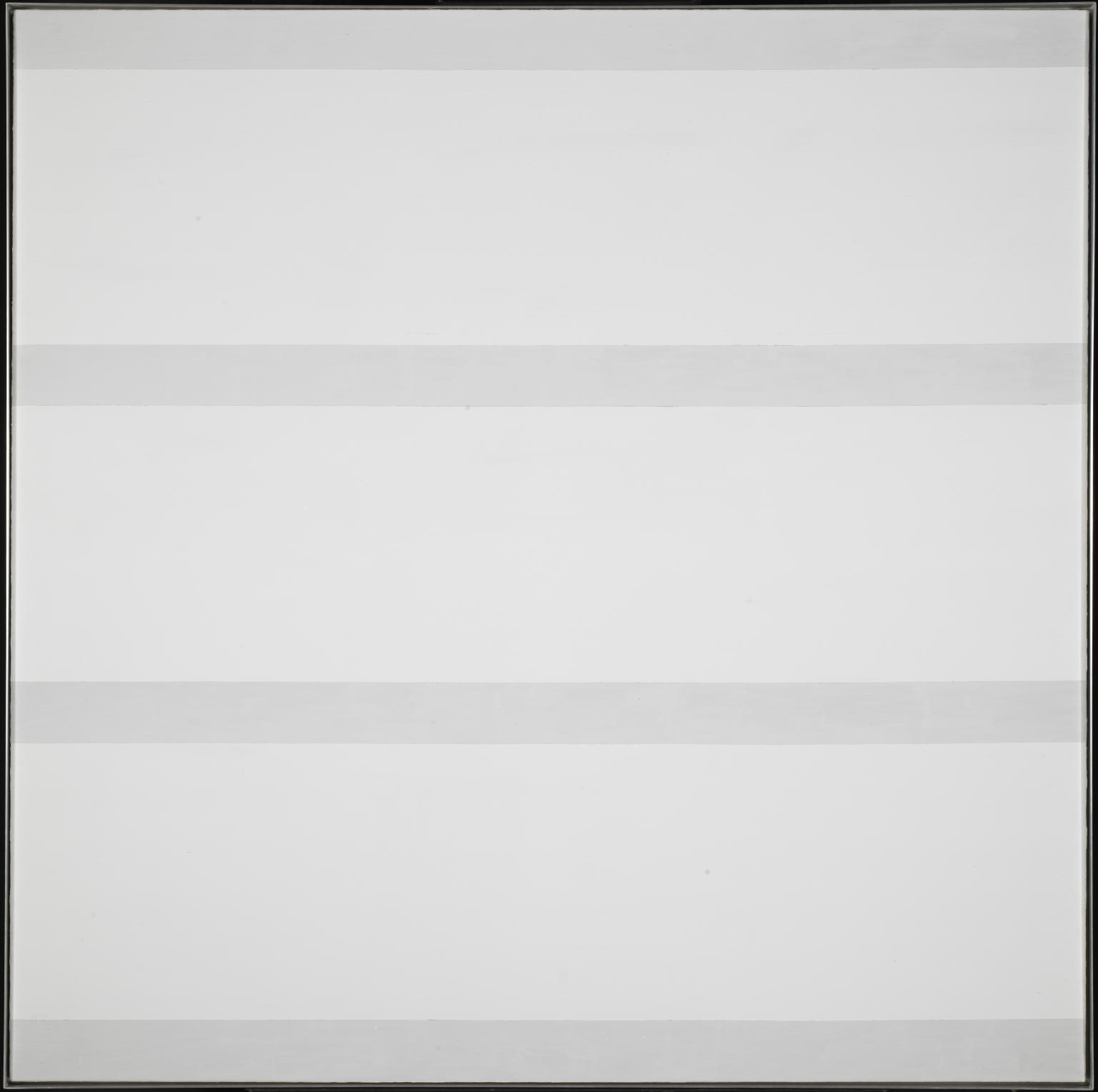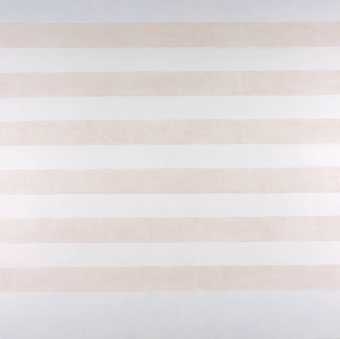11 rooms in In the Studio
Contemplate the abstract paintings of Agnes Martin which reflect on perfection, beauty and spirituality
Agnes Martin was a key figure in the male-dominated field of abstract art in the USA. In the 1950s and 1960s her work was often associated with abstract expressionism and minimalism. However, Martin’s methods were different. In her meticulous, hand-painted artworks, ordered geometry and imperfection co-existed.
The paintings in this room consist of horizontal bands of colour, divided by delicate pencil lines. The bands initially appear uniform, but on closer inspection, faint brushstrokes and pools of paint emerge. These marks give the artworks a hand-made feel, undermining the rigid geometry of the composition. As Martin said, ‘the work is about perfection as we are aware of it in our minds but... the paintings are very far from being perfect – completely removed in fact – even as we ourselves are.'
Martin’s work was influenced by Zen Buddhism and Chinese Tao philosophy. Her paintings explore the inner emotional world and the human desire for peace and serenity. She considered art to be a transcendent experience. She explained, ‘Beauty is the mystery of life. It is not just in the eye. It is in the mind. It is our positive response to life’.
ARTIST ROOMS is a touring collection of over 1,600 works of modern and contemporary art. The collection is displayed across the UK in solo exhibitions that showcase the work of 42 major international artists.
Art in this room
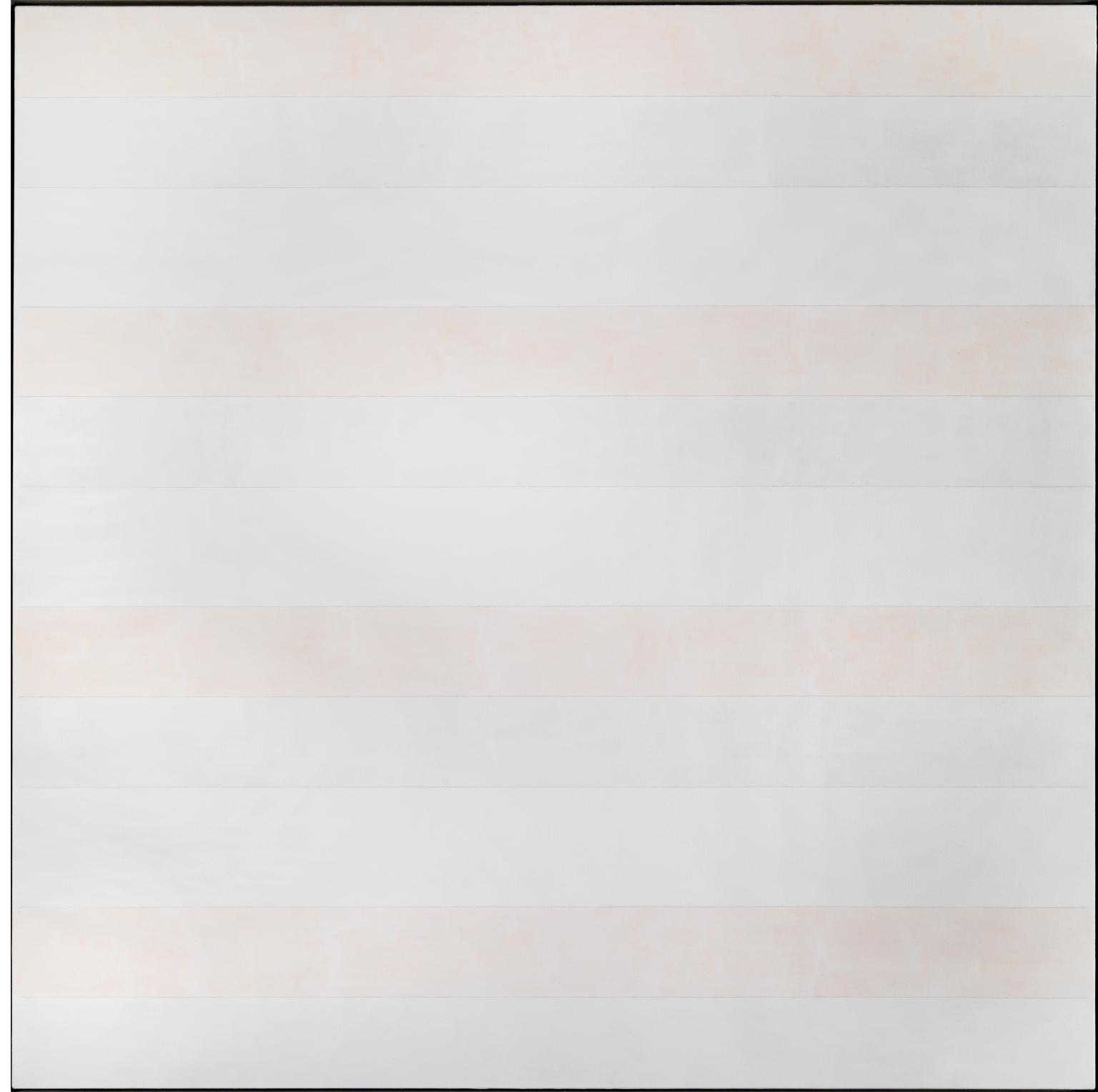
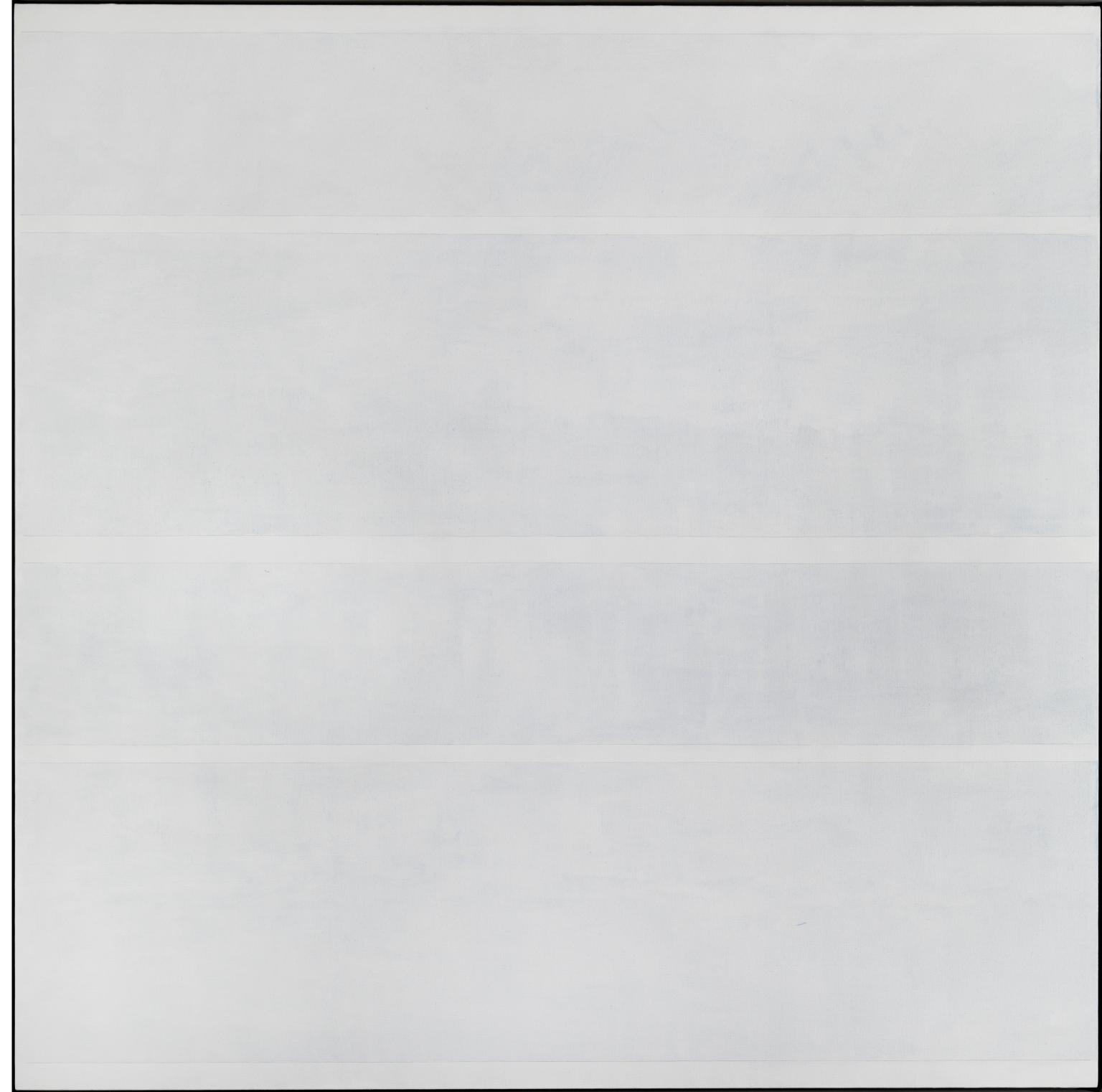
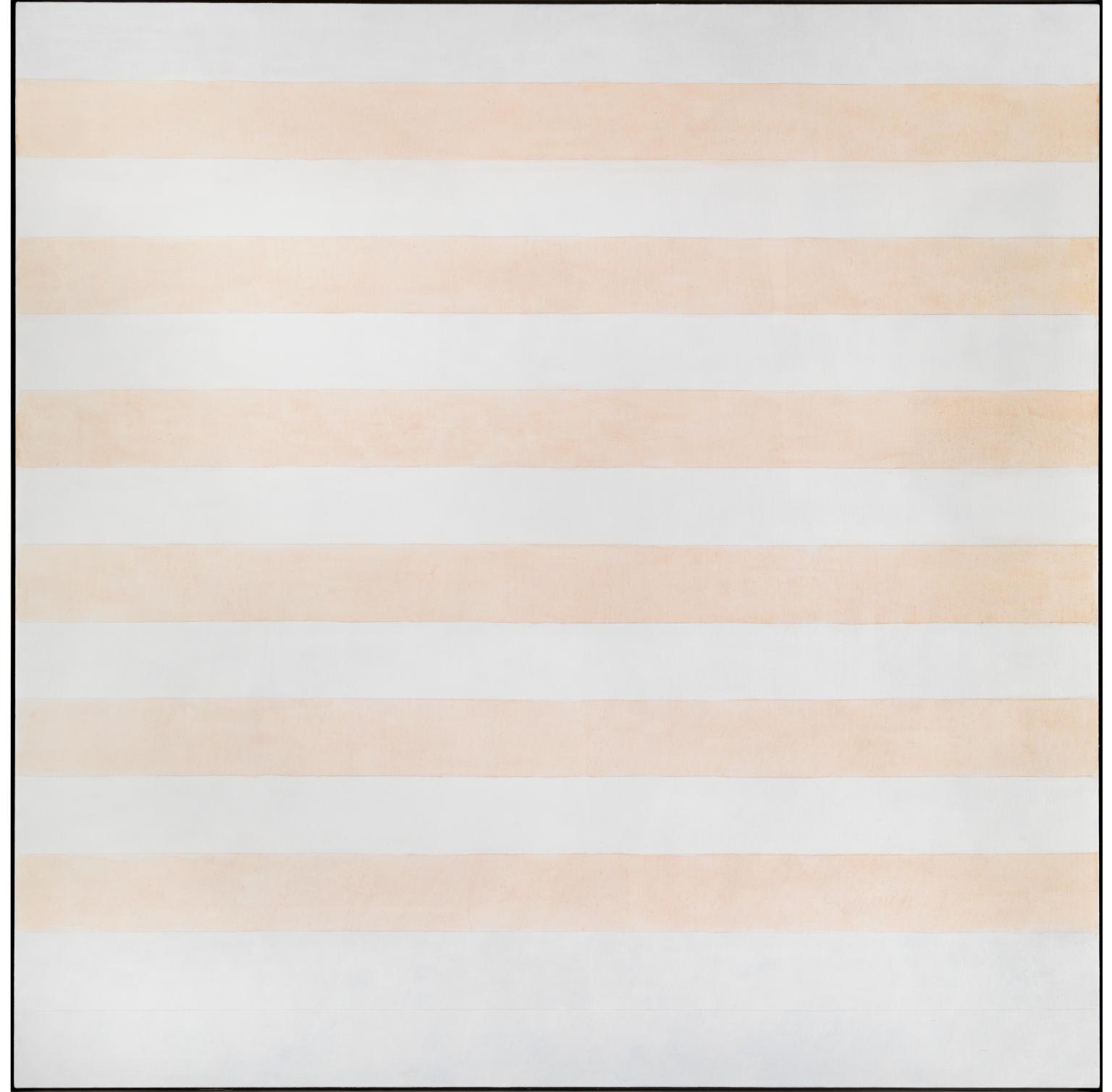
Sorry, no image available
